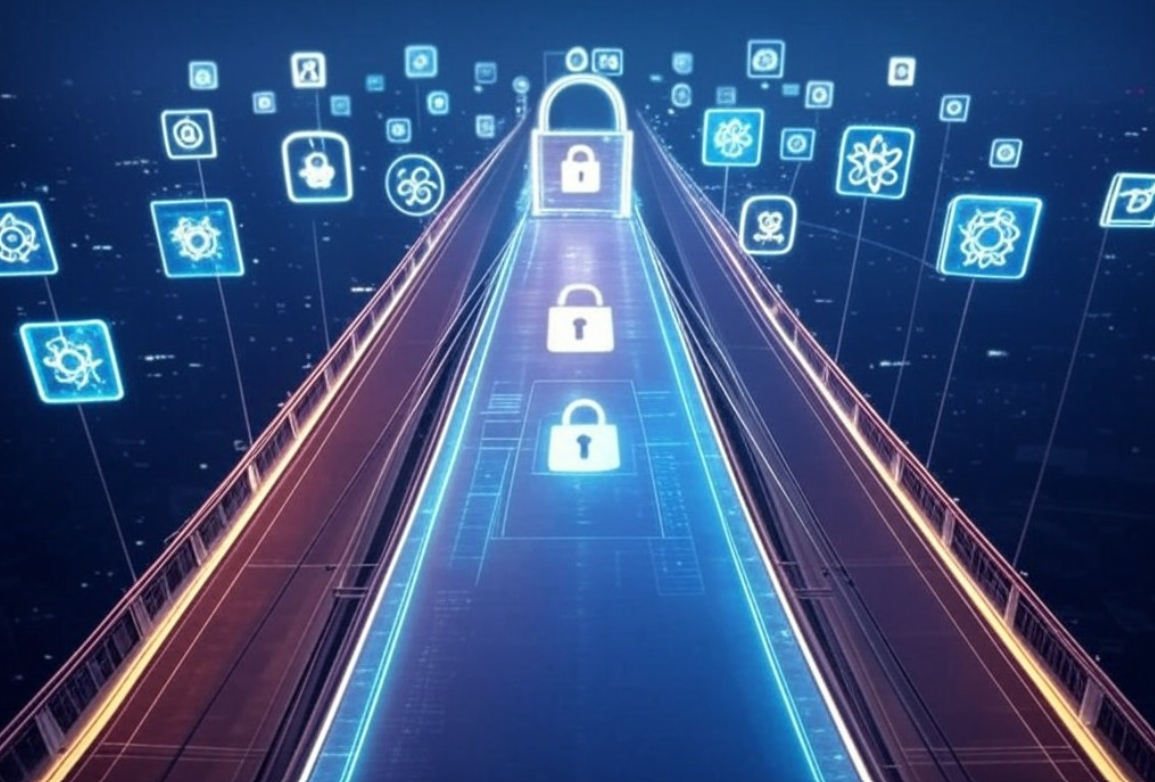Table of Contents
![]()
I. Introduction
A. Definition of Web3
Web3, often referred to as the next evolution of the internet, represents a shift from the traditional centralized web (Web2) to a more decentralized framework. This transformation is characterized by blockchain technology, user ownership, and decentralized applications (dApps), enabling a peer-to-peer environment where individuals have greater control over their data and digital assets.
B. Importance of Intellectual Property (IP)
Intellectual Property (IP) encompasses legal rights that protect creations of the mind, including inventions, artistic works, designs, and symbols. IP is essential for fostering innovation and creativity, incentivizing creators by ensuring they can benefit from their work.
C. Overview of the Intersection of Web3 and IP
The intersection of Web3 and IP presents both opportunities and challenges. As digital assets become more prominent in Web3, understanding how IP laws apply and evolve is crucial for creators, businesses, and legal professionals alike.
II. Understanding Intellectual Property in the Context of Web3
A. Types of Intellectual Property
- Copyright: Protects original works of authorship, such as music, art, and literature.
- Trademarks: Safeguards brand identities, including logos and slogans.
- Patents: Grants exclusive rights to inventors for their inventions.
- Trade Secrets: Protects confidential business information that provides a competitive edge.
B. IP Challenges in the Digital Age
The digital landscape poses significant challenges to IP rights, including:
- Digital Piracy: The ease of copying and distributing digital content can lead to widespread unauthorized use.
- Content Sharing and Distribution: Social media and file-sharing platforms complicate the enforcement of IP rights.
- Infringement Issues: The speed at which content spreads online makes monitoring and enforcement difficult.
III. How Web3 Changes the IP Landscape
A. Decentralization of Content Ownership
Web3 enables the tokenization of IP assets, allowing creators to directly sell and trade their works without intermediaries. Non-Fungible Tokens (NFTs) serve as unique digital certificates of ownership, establishing provenance and authenticity for digital art and other creations.
B. Smart Contracts and IP Licensing
Smart contracts on blockchain platforms automate IP agreements, streamlining licensing processes. These self-executing contracts enhance transparency, ensuring that creators receive fair compensation for their work while minimizing disputes.
C. Crowdsourced IP Creation and Ownership
Web3 encourages collaborative efforts, allowing communities to co-create and share ownership of projects. Platforms that support decentralized governance empower users to contribute to and benefit from collective creations.
IV. Benefits of Web3 for Intellectual Property
A. Enhanced Security and Authenticity
Blockchain technology provides robust security measures, allowing for the verification of ownership and the authenticity of digital assets. This significantly reduces counterfeiting and fraudulent claims.
B. Increased Revenue Streams
Web3 opens new monetization opportunities for creators, enabling direct sales and royalty payments through automated systems. By cutting out intermediaries, creators can retain a larger share of their earnings.
C. Empowerment of Creators
Creators gain greater control over their work, deciding how and when to distribute it. This shift not only enhances their autonomy but also fosters stronger connections with audiences, who can engage directly with creators.
V. Challenges and Risks
A. Legal Uncertainty
The rapid evolution of Web3 creates legal uncertainties, particularly regarding jurisdiction and compliance. As laws struggle to keep pace with technological advancements, creators may find themselves navigating a complex landscape.
B. IP Theft and Infringement in Decentralized Networks
The anonymity and decentralized nature of Web3 can complicate IP enforcement. Tracking down infringers and holding them accountable may become increasingly difficult in a landscape where identities are obscured.
C. Market Saturation and Valuation Issues
The proliferation of digital assets can lead to market saturation, making it challenging to ascertain the true value of IP. Fluctuations in the NFT market, for instance, can impact creators’ livelihoods.
VI. Case Studies
A. Successful Examples of IP in Web3
- Artists and Musicians: Many artists have successfully monetized their work through NFTs, creating unique digital artworks that fetch high prices in marketplaces.
- Platforms like Audius: This decentralized music platform allows artists to distribute their music while retaining control over their rights and earning revenues directly from fans.
B. Notable Failures and Lessons Learned
High-profile IP disputes have emerged in decentralized platforms, highlighting the need for clear guidelines and standards. Mismanagement of IP rights can lead to costly legal battles and tarnished reputations.
VII. Future Outlook
A. Potential Developments in Web3 and IP Law
As Web3 continues to grow, new regulatory frameworks will likely emerge to address the unique challenges it presents. This evolution may lead to more robust IP protection measures tailored to the decentralized landscape.
B. Predictions for the IP Landscape in Web3
- Increased Adoption: Traditional industries may begin to adopt Web3 technologies for IP management, enhancing efficiency and security.
- Innovations in Content Creation: New tools and platforms will likely emerge, further empowering creators and fostering innovative collaborations.
VIII. Conclusion
The intersection of Web3 and intellectual property presents a transformative opportunity for creators, businesses, and legal professionals. While challenges remain, the potential for enhanced security, revenue generation, and creator empowerment is significant. Balancing innovation with protection will be key as we navigate this new digital frontier.
Share This





Be the first to comment